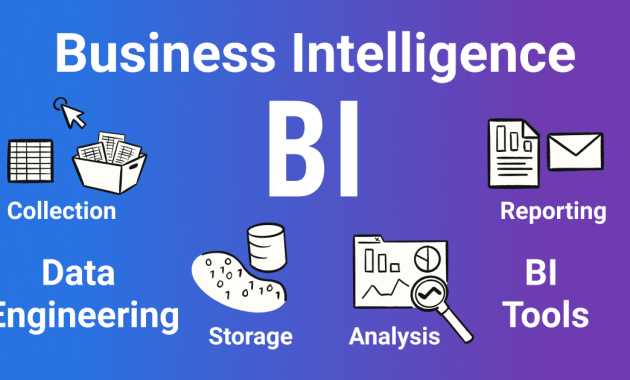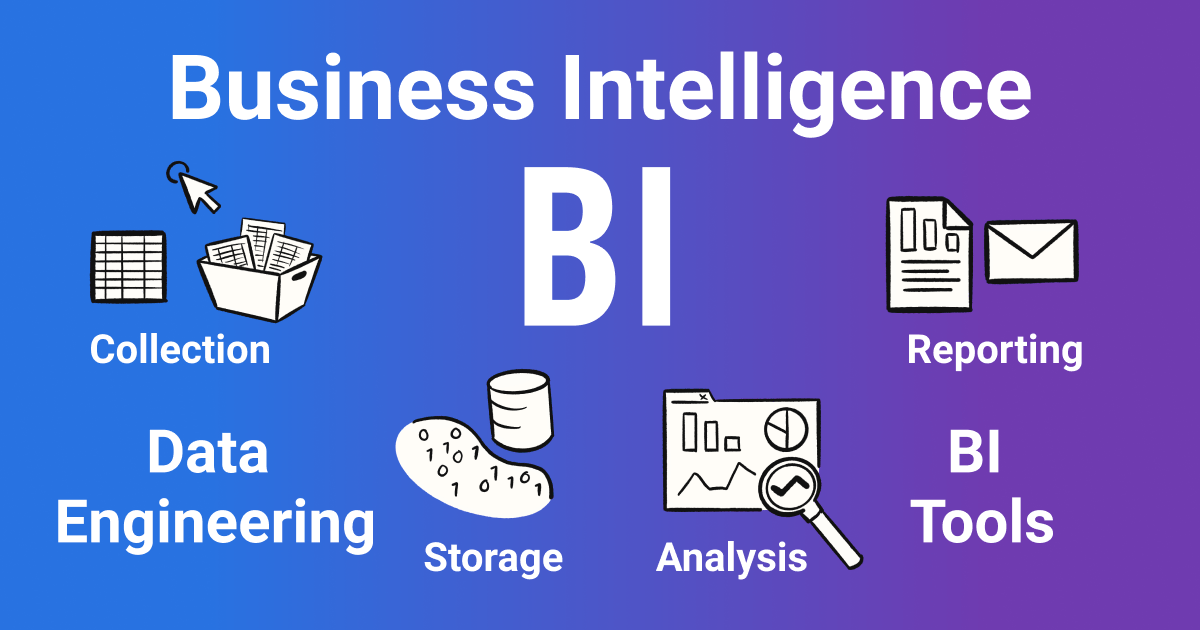
Business Intelligence Tools: Mastering Revenue Attribution for Data-Driven Success
In the dynamic landscape of modern business, understanding where revenue originates is paramount. Accurate revenue attribution is no longer a luxury; it’s a necessity. It allows businesses to optimize marketing spend, refine sales strategies, and ultimately, drive sustainable growth. This article delves into the critical role of business intelligence tools in achieving precise revenue attribution. We’ll explore how these tools empower organizations to connect every dollar earned to its source, fostering a more informed and profitable approach to business operations.
The challenge of accurately attributing revenue is multifaceted. Traditional methods often fall short, leading to skewed data and misguided decisions. Marketing campaigns, sales efforts, and customer interactions all contribute to the revenue stream. Without the right tools, it’s nearly impossible to disentangle these complex interactions. Business intelligence tools offer a solution, providing the analytical power needed to trace revenue back to its origin.
The Core of Revenue Attribution
At its core, revenue attribution is the process of identifying and quantifying the contribution of various touchpoints in the customer journey to a final sale. This includes marketing channels, sales activities, and even customer service interactions. The goal is to understand which activities are most effective at driving revenue and which need improvement.
There are several attribution models commonly used. Each model offers a different perspective on how revenue is distributed among touchpoints:
- First-Touch Attribution: This model credits the first interaction a customer has with a business.
- Last-Touch Attribution: This model attributes revenue to the final touchpoint before a sale.
- Linear Attribution: This model distributes revenue evenly across all touchpoints.
- Time Decay Attribution: This model gives more credit to touchpoints closer to the sale.
- Position-Based Attribution: This model credits the first and last touchpoints, distributing the remaining credit across the others.
The choice of attribution model depends on the specific business goals and the nature of the sales cycle. However, the ability to analyze and compare different models is a key benefit of business intelligence tools.
The Power of Business Intelligence Tools
Business intelligence tools are designed to collect, analyze, and visualize data from various sources. When it comes to revenue attribution, these tools provide a comprehensive view of the customer journey. They integrate data from marketing platforms, CRM systems, sales databases, and other relevant sources. This integrated view is crucial for accurate attribution.
Here are some key features of business intelligence tools that are essential for revenue attribution:
- Data Integration: The ability to connect to various data sources. This ensures a complete picture of the customer journey.
- Data Transformation: The capacity to clean, transform, and prepare data for analysis.
- Advanced Analytics: The tools to perform complex analyses, including attribution modeling.
- Data Visualization: The capability to create dashboards and reports to communicate findings clearly.
- Reporting and Dashboards: Customizable reports and dashboards allow for easy monitoring of key metrics.
Selecting the Right Tools
Choosing the right business intelligence tools is vital for effective revenue attribution. The best tool for a business depends on its specific needs, budget, and technical expertise. Several factors should be considered during the selection process:
- Data Source Compatibility: Ensure the tool can integrate with all relevant data sources.
- Attribution Model Support: The tool should support the attribution models required.
- Ease of Use: The tool should be user-friendly.
- Scalability: The tool should be able to handle growing data volumes.
- Reporting Capabilities: The tool should provide customizable reporting options.
- Cost: Consider the total cost of ownership, including licensing and implementation.
Some leading business intelligence tools that are well-suited for revenue attribution include:
- Tableau: Known for its powerful data visualization capabilities.
- Microsoft Power BI: A comprehensive solution with strong integration with Microsoft products.
- Looker (Google Cloud): A data analytics platform with advanced modeling features.
- Qlik Sense: A self-service business intelligence platform that emphasizes data discovery.
Implementing Revenue Attribution: A Step-by-Step Guide
Implementing revenue attribution involves a structured approach. This ensures the process is effective. Here’s a step-by-step guide:
- Define Goals: Clearly define business objectives. This will guide the attribution strategy.
- Identify Data Sources: Determine all data sources. This includes marketing platforms, CRM systems, and sales databases.
- Choose an Attribution Model: Select the most appropriate attribution model. Consider the customer journey.
- Integrate Data: Connect the business intelligence tools to all data sources.
- Clean and Transform Data: Prepare the data for analysis. This ensures accuracy.
- Build Reports and Dashboards: Create reports and dashboards to monitor key metrics.
- Analyze and Optimize: Regularly analyze the data. Optimize marketing campaigns and sales strategies.
Benefits of Proper Revenue Attribution
The benefits of accurate revenue attribution are numerous. They can significantly impact business performance. Some key advantages include:
- Improved Marketing ROI: Identify the most effective marketing channels. Optimize marketing spend.
- Enhanced Sales Performance: Understand which sales activities drive revenue. Refine sales strategies.
- Better Customer Understanding: Gain insights into the customer journey. Improve customer experience.
- Data-Driven Decision Making: Make informed decisions. This leads to better business outcomes.
- Increased Revenue: Ultimately, revenue attribution helps drive revenue growth.
Challenges and Solutions
While business intelligence tools provide a powerful solution, some challenges exist. Addressing these challenges is crucial for successful implementation.
- Data Quality: Poor data quality can undermine attribution efforts. Implementing data governance is essential.
- Data Silos: Data silos can make it difficult to get a complete view. Data integration is necessary.
- Model Complexity: Complex attribution models can be difficult to understand. Simplify the models when necessary.
- Privacy Concerns: Ensure compliance with privacy regulations. Respect customer data privacy.
The Future of Revenue Attribution
The future of revenue attribution is likely to be shaped by several trends. These trends will further enhance the capabilities of business intelligence tools.
- Artificial Intelligence (AI): AI and machine learning will automate attribution modeling. This will lead to more accurate predictions.
- Advanced Analytics: More sophisticated analytical techniques will be used. This will provide deeper insights.
- Cross-Channel Attribution: The focus will be on understanding the entire customer journey. This includes all channels.
- Real-Time Attribution: Real-time data and analytics will enable faster decision-making.
As technology evolves, business intelligence tools will become even more indispensable for revenue attribution. Businesses that embrace these tools will be well-positioned to thrive in the competitive market.
Conclusion
In conclusion, business intelligence tools are essential for achieving accurate revenue attribution. They empower businesses to understand the true drivers of revenue. By leveraging these tools, organizations can optimize their marketing efforts, improve sales strategies, and drive sustainable growth. The ability to attribute revenue properly is no longer just a best practice; it is a strategic imperative for businesses that want to succeed in today’s data-driven world. Investing in the right tools and implementing a robust attribution strategy is a key step toward long-term success.
[See also: How to Choose the Right CRM for Your Business], [See also: The Importance of Data Visualization in Business], [See also: Optimizing Marketing Campaigns with Data Analytics]

